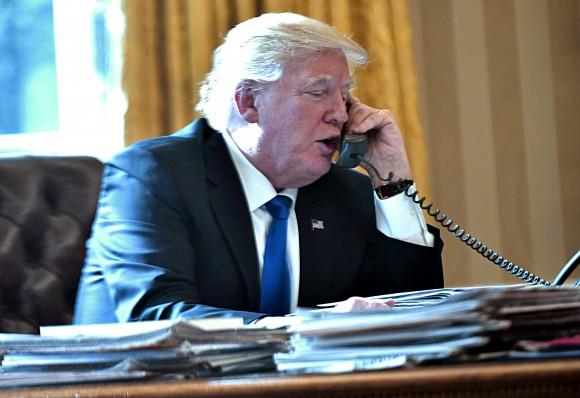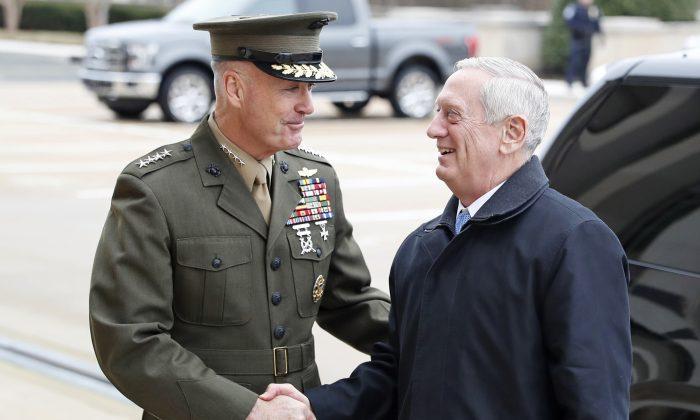
In phone conversations last weekend with the leaders of South Korea and Japan, Trump offered his own reassurance, saying the U.S. defense commitment to both nations was “ironclad.”
In Congress, bipartisan legislation passed last year empowered the U.S. government to apply Iran-style economic restrictions on the communist state, which includes punishing other countries that deal with Pyongyang in violation of U.N.-approved sanctions.
The obvious target is China, the North’s top economic partner. But going after Beijing entails its own dangers. The Chinese regime can retaliate against the United States, raising the prospect of a trade war, or could end up less motivated to cooperate with Washington on containing North Korea.
At this week’s hearing, Republican committee chairman Sen. Bob Corker questioned whether anything short of military action or regime change would force Kim to give up nuclear weapons. The sanctions legislation, he said, is “piddling compared to the challenge,” and he called for new ideas about a U.S. strategy.
Trump has consistently emphasized the need for China to exert more pressure on its unpredictable neighbor. But Trump has also said he would be open to sitting down for a hamburger with Kim, who has met no other foreign leader since assuming power five years ago.

No one seems comfortable with the previous administration’s “strategic patience,” though ready alternatives appear few. The inherited approach involved America tightening sanctions while refusing to jump into aid-for-disarmament negotiations. In the meantime, Pyongyang has marched toward greater prowess. Last year alone, the North staged two underground atomic explosions and two dozen ballistic missile tests, including its first from a submarine.
Estimates of North Korea’s capabilities vary, but some U.S. experts believe it could be able to strike the U.S. mainland with a nuclear weapon by the end of the decade. By then, the North could also have enough reprocessed plutonium and enriched uranium for 100 bombs—not far short of India and Pakistan’s likely arsenals.
Cardin, the Foreign Relations Committee’s top Democrat, said he understood the U.S. may need to consider military options against North Korea. But he warned against setting such a policy rashly, drawing a comparison with Trump’s executive order on immigration and refugees that has drawn international condemnation.
Epoch Times contributed to this report.






Friends Read Free